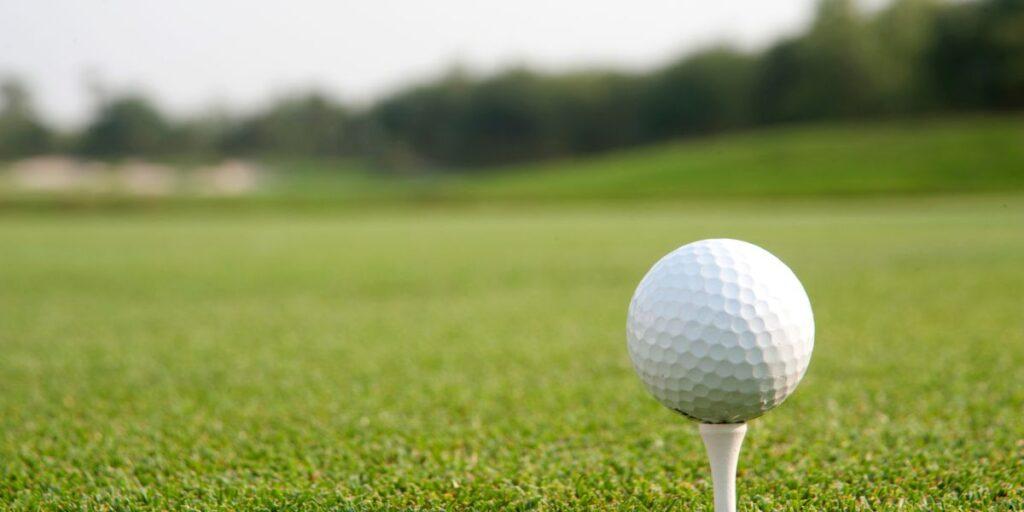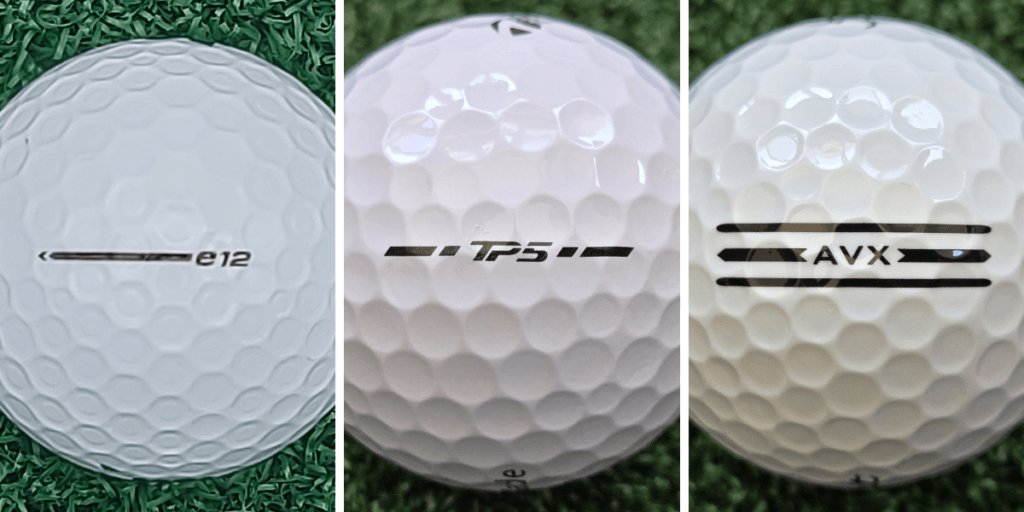Have you ever thought about how golf balls behaved once upon a time when they were made from different materials or with a slick surface? There is a fascinating history and a lot of science behind how a ball behaves in the air. The science behind golf ball aerodynamics has come a long way. Think about this, golfers used to try to achieve the perfect shot with wooden balls, featheries, and gutties. It makes you appreciate modern balls more, right?
Today, every tiny detail has been fine-tuned to ensure optimal performance. Aerodynamics of a golf ball can have a significant impact on how it moves through the air, affecting everything from distance to accuracy. How the ball interacts with different speeds, spins, and launch angles comes down to its aerodynamic properties.
The Physics of Golf Ball Flight
Regarding golf ball flight physics, it’s all about the forces at play – lift, drag, and gravity. As the ball spins, the dimples create a pressure difference, generating lift. Achieving the right amount of lift is crucial for getting those long shots.
Drag is the force trying to slow the ball down. Dimples help delay the separation of airflow around the ball, reducing drag dramatically. Lesser drag means the ball maintains its speed longer, translating to more distance.
Gravity is always pulling the ball back to earth. Balancing lift and drag against gravity is the recipe for perfecting ball flight. Too little lift and the ball won’t stay in the air long enough. In the same way, too much drag, and it slows down too quickly.
Initial speed, spin, and launch angle are also key players. Higher initial speed can make the ball go farther, but it needs to be paired with the right spin for optimal flight. Spin affects how the ball behaves in the air. Backspin increases lift, helping the ball stay aloft, while sidespin can cause hooks or slices. Launch angle is critical too; hitting too low or too high can waste energy and distance.

Dimple Design and Airflow
Dimples on a golf ball might seem insignificant, but they’re a game-changer. The purpose of these dimples is to manage how air flows around the ball. It all comes down to reducing drag and increasing lift. A smooth ball would travel only about half the distance of a dimpled one because it doesn’t manage airflow efficiently.
Different dimple patterns create varying effects on the ball’s flight. Some designs favor distance, others control for more accuracy, and some try to optimize both. There are even patents for certain dimple patterns, showcasing just how crucial they are in ball design.
These dimples create a thin layer of turbulent air around the ball. This turbulent layer helps the air stick to the ball’s surface longer, reducing the wake (low-pressure area behind the ball) and thus the drag. The less drag, the farther your ball can fly.
Several factors govern the effectiveness of dimples, including their depth, number, pattern, and overall coverage on the ball. Shallower dimples reduce drag more but might not provide as much lift, while deeper ones offer more lift but could increase drag. Finding the right balance is key.
Modern Golf Balls Construction and Materials
It all starts from the core. Typically made from rubber or synthetic compounds, the core is designed to store and release energy efficiently. Softer cores are easier to compress, benefiting slower swing players and everyone playing in colder weather. A harder core delivers more distance and spin, especially for players with faster swing speeds.
Then there’s the mantle layer or layers. It provides a buffer between the core and the outer cover. The mantle can influence spin and flight, often made of synthetic rubbers or plastic-like materials known as ionomers. By adjusting the thickness and material of the mantle, manufacturers can tweak the ball’s characteristics to suit different playing styles.
The final layer is the outer cover. Urethane covers are popular among pro-level balls for providing exceptional spin and control. Surlyn covers, on the other hand, are more durable and offer good distance, making them a popular choice for amateurs.
The multi-layer construction allows golfers to enjoy a mix of distance and control. A two-piece ball is often played by beginners for its durability and distance. Multi-layer balls are preferred by more advanced golfers seeking enhanced performance features.
Experimental Techniques in Aerodynamics Research
When it comes to understanding and improving golf ball aerodynamics, researchers rely on several advanced techniques. Wind tunnel testing is a classic and essential method. By placing golf balls in controlled wind tunnels, scientists can observe how air flows around them and measure forces like drag and lift. This helps in refining designs for better performance.
Computer simulations have become increasingly important. Researchers use sophisticated software to model airflow patterns or predict how changes in design will affect aerodynamics. More importantly, this allows them to run countless scenarios without ever hitting a real ball.
Real-world testing is still the most important and final part of the process. Field tests involve professional golfers hitting different prototypes under varying conditions. High-speed cameras and sensors capture detailed data on launch angles, spin rates, and flight paths. These tests offer a full picture of a ball’s performance.

Future Trends and Innovations
Emerging technologies are being tested to transform golf ball aerodynamics. For example, 3D printing. This allows for incredibly precise dimple designs and internal structures that were previously impossible. Customizable golf balls tailored to an individual golfer’s style and swing could become a reality.
Sustainable practices are becoming more significant. Specifically, manufacturers are exploring eco-friendly materials and production methods. The goal is to reduce environmental impact without compromising performance. Therefore, biodegradable covers and cores made from renewable resources might soon be the norm.
Artificial intelligence (AI) is playing a bigger role in design and testing. AI can analyze vast amounts of data from simulations and real-world tests. This allows AI to identify patterns and optimize designs faster than ever before. Additionally, this accelerates the development of more efficient and effective golf balls.
Keep an Eye on New Balls
All the major golf ball manufacturers release new models every year. Usually, any given model has a two-year cycle until an improved version comes out. However, things might change in the near future. The two main governing bodies, R&A and USGA, have decided on a golf ball rollback. What does that mean? They want to reduce the distance modern balls can go.
The rollback will be fully effective by 2028 for professional golfers, and by 2030 for us amateurs. That most likely means either tweaking the existing golf ball models or completely new ones. Luckily for us, we can stash away some of our favorite balls for those days. Nobody will penalize us if we keep playing old balls when that time comes. However, it will also be cool to see how the new balls will perform and which one will suit us. The good news is we still have some years of golfing ahead of that. But when the time comes, keep an eye on new balls and find your new favorite.
Related:
- Golf Ball Dimples Impact – All You Need to Know
- How High Altitude Affects Golf Balls – Golf Better
- What Is Golf Ball Compression?

